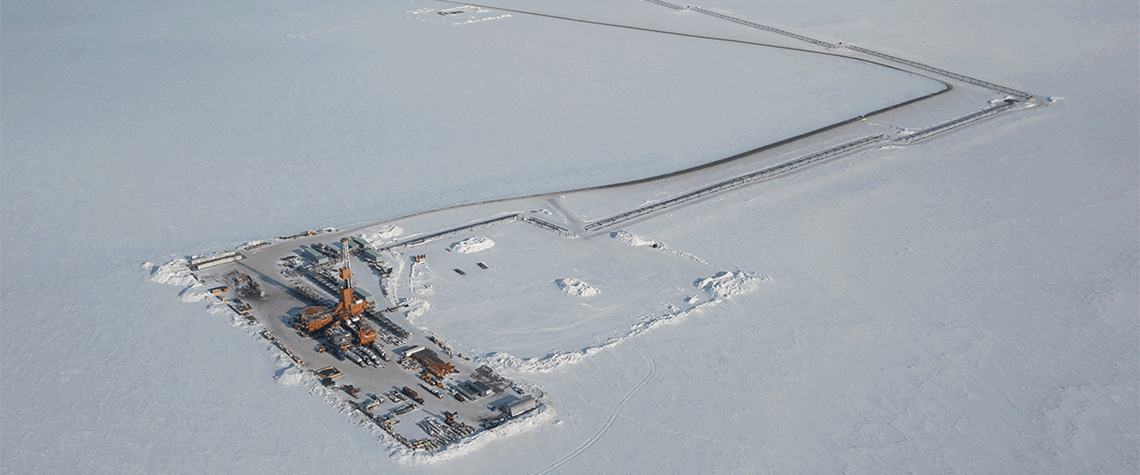Willow approval may be turning point that fails to turn
Development expected to produce equivalent of up to 40pc of Alaskan daily production but is unlikely to herald a new age of megaprojects
The US government’s approval of superindie ConocoPhillips’ Willow project in March marked the most consequential—and controversial—oil-related decision of the Biden administration. Willow, a 68,000 acre development in the National Petroleum Reserve-Alaska (NPR-A), is anticipated to produce 600mn bl of oil—equivalent to 180,000bl/d, or 40pc of current daily Alaskan output. It is forecast to create 2,500 construction jobs and 300 full-time jobs, and to generate $17bn in revenue for federal, state and local governments. A key factor in Biden’s approval was the widespread support Willow enjoyed from lawmakers of both parties, labour unions and Alaskan Indigenous groups. The project was originall

Also in this section
30 December 2025
Heightened unpredictability in the global energy market underlines the vital nature of UGS, which provides reliability, affordability and resilience
29 December 2025
The surge in power demand created by the AI boom means energy policy and national security are now one and the same
24 December 2025
As activity in the US Gulf has stagnated at a lower level, the government is taking steps to encourage fresh exploration and bolster field development work
23 December 2025
The new government has brought stability and security to the country, with the door now open to international investment







